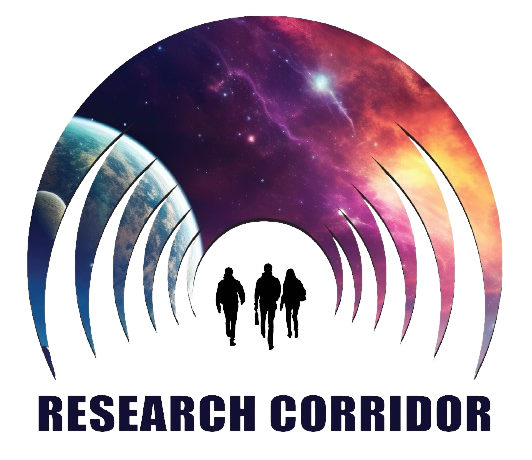Edge Computing and Distributed System Architecture
Keywords:
Edge Computing, Distributed System Architecture, Cloud Computing, IoT, Real-time Processing, Low Latency, Data Management, Microservices, 5G Networks, Autonomous Systems, Industrial IoT, Smart Cities, Scalability, Fault Tolerance, Security and Privacy, AI-driven Computing, Containerization, Network OptimizationAbstract
Edge computing and distributed system architecture are transforming the way data is processed, stored, and managed in modern computing environments. Edge computing extends computational power closer to data sources, reducing latency and improving real-time processing capabilities. Meanwhile, distributed system architecture ensures seamless coordination and resource sharing across multiple computing nodes. This paper explores the fundamental principles of both edge computing and distributed systems, highlighting their convergence and the benefits they offer in enhancing efficiency, scalability, and reliability. Additionally, real-world applications across industries such as healthcare, autonomous systems, industrial IoT, and telecommunications are discussed. Despite the advantages, challenges such as security, scalability, and integration complexities remain key concerns. Finally, emerging trends, including AI-driven edge computing and advancements in network technologies like 5G, are examined to provide insights into the future of distributed computing.
























